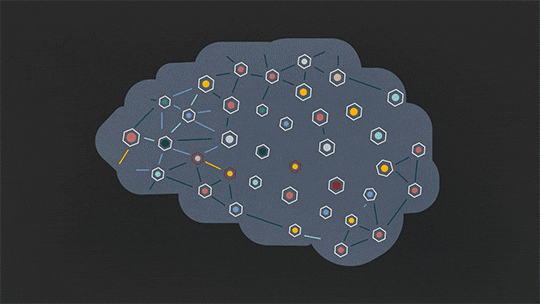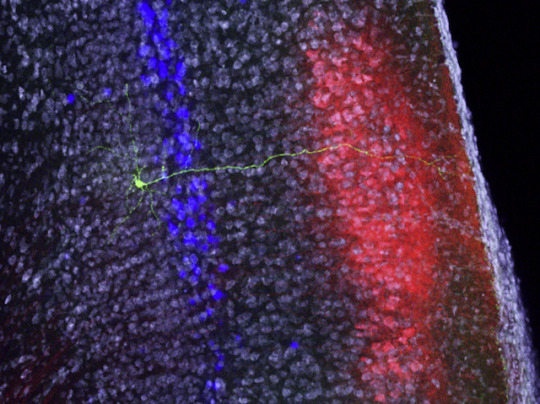Text
you know that thing where you scrunch up your arms and it looks like you have only hands well this one time when i was little i kept it up for 3 days no matter where i was









one time i also pissed off my entire family for 3 days
545K notes
·
View notes
Photo






How Stress Affects the Brain
Are you sleeping restlessly, feeling irritable or moody, forgetting little things, and feeling overwhelmed and isolated? Don’t worry. We’ve all been there. You’re probably just stressed out. Stress isn’t always a bad thing. It can be handy for a burst of extra energy and focus, like when you’re playing a competitive sport, or have to speak in public. But when its continuous, the kind most of us face day in and day out, it actually begins to change your brain. Chronic stress, like being overworked or having arguments at home, can affect brain size, its structure, and how it functions, right down to the level of your genes.
Stress begins with something called the hypothalamus pituitary adrenal axis, series of interactions between endocrine glands in the brain and on the kidney, which controls your body’s reaction to stress. When your brain detects a stressful situation, your HPA axis is instantly activated and releases a hormone called cortisol, which primes your body for instant action. But high levels of cortisol over long periods of time wreak havoc on your brain. For example, chronic stress increases the activity level and number of neural connections in the amygdala, your brain’s fear center. And as levels of cortisol rise, electric signals in your hippocampus, the part of the brain associated with learning, memories, and stress control, deteriorate.
The hippocampus also inhibits the activity of the HPA axis, so when it weakens, so does your ability to control your stress. That’s not all, though. Cortisol can literally cause your brain to shrink in size.
Too much of it results in the loss of synaptic connections between neurons and the shrinking of your prefrontal cortex, the part of your brain the regulates behaviors like concentration, decision-making, judgement, and social interaction. It also leads to fewer new brain cells being made in the hippocampus. This means chronic stress might make it harder for you to learn and remember things, and also set the stage for more serious mental problems, like depression and eventually Alzheimer’s disease.
It’s not all bad news, though. There are many ways to reverse what cortisol does to your stressed brain. The most powerful weapons are exercise and meditation, which involves breathing deeply and being aware and focused on your surroundings. Both of these activities decrease your stress and increase the size of the hippocampus, thereby improving your memory.
So don’t feel defeated by the pressures of daily life. Get in control of your stress before it takes control of you.
youtube
Source: TED-Ed Lesson How stress affects your brain - Madhumita Murgia
Animation by Andrew Zimbelman
1K notes
·
View notes
Photo

Deep-brain Diving
Nestled within our brain is the entorhinal cortex. It acts as a hub between memory and spatial navigation, helping to guide us through our environment. Signals from cells in the memory centre or hippocampus travel to cells deep in the entorhinal cortex before reaching the cerebral hemispheres from whence movement is controlled. But scientists have recently found that this road map of signals to and from the entorhinal cortex may be more complex than originally thought. They studied deep and superficial layers of the entorhinal cortex and discovered different types of cells in the deep layers. While one population (an example cell shown here in green) receives and integrates messages from cells in the superficial layers (in red) and from the hippocampus, another population (in blue) communicates with the cerebral hemispheres. Evidence of such distinct sub-populations brings a new level of understanding to the world of spatial navigation.
Written by Gaelle Coullon
Image from work by Gülşen Sürmeli and colleagues
Centre for Integrative Physiology, University of Edinburgh, UK
Image originally published under a Creative Commons Licence (BY 4.0)
Published in Neuron, November 2015
You can also follow BPoD on Twitter and Facebook
43 notes
·
View notes
Video
250 notes
·
View notes
Video
youtube
Murchison Falls, Uganda by Richard Howe
(via https://www.youtube.com/watch?v=IGrA_zspAUs)
19 notes
·
View notes
Video
591 notes
·
View notes










